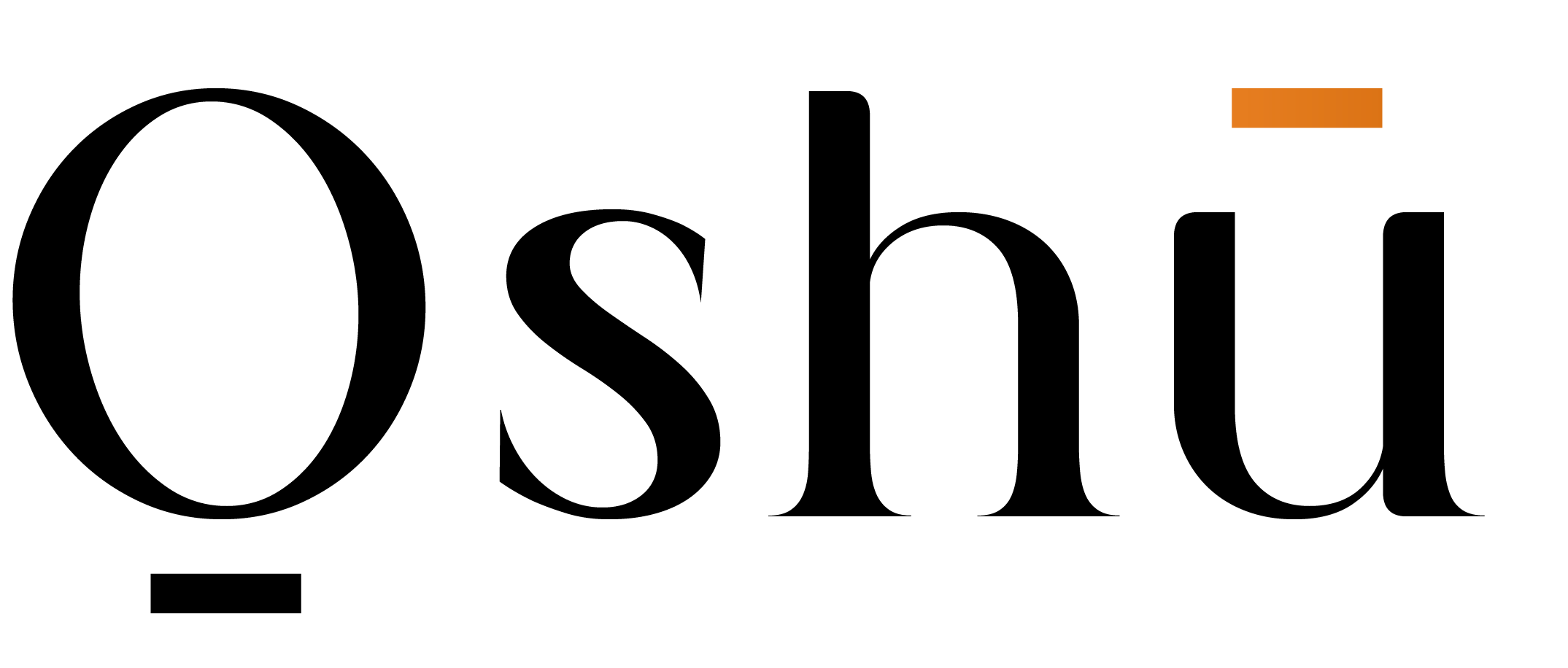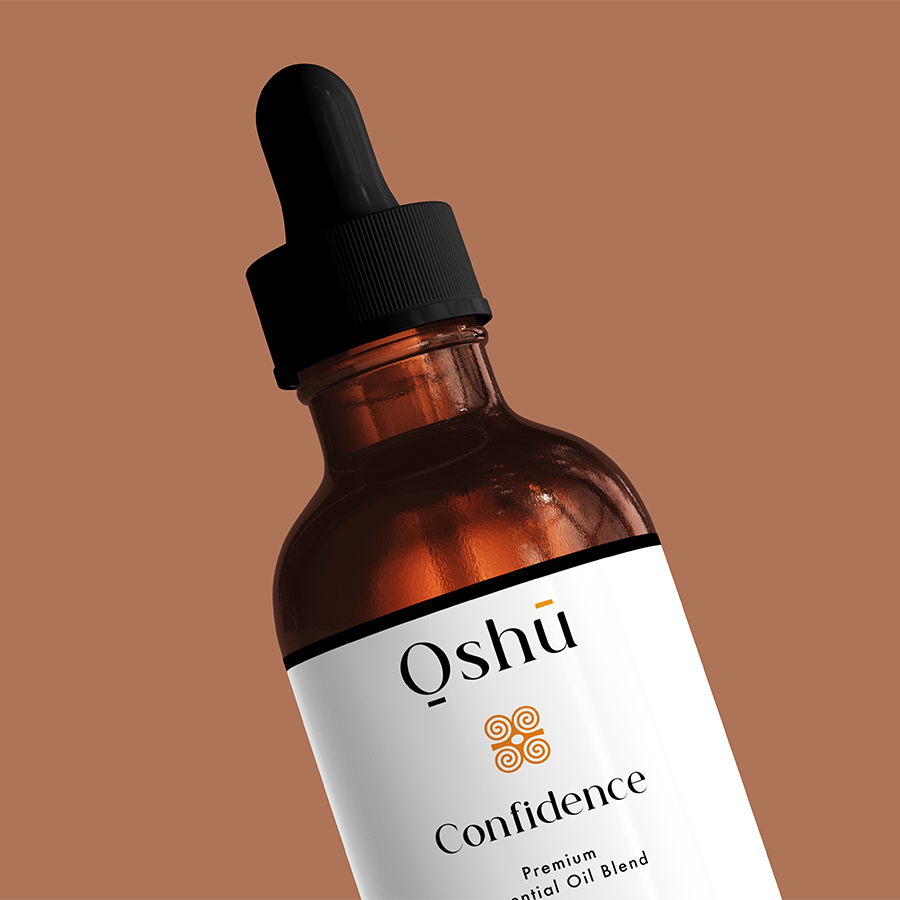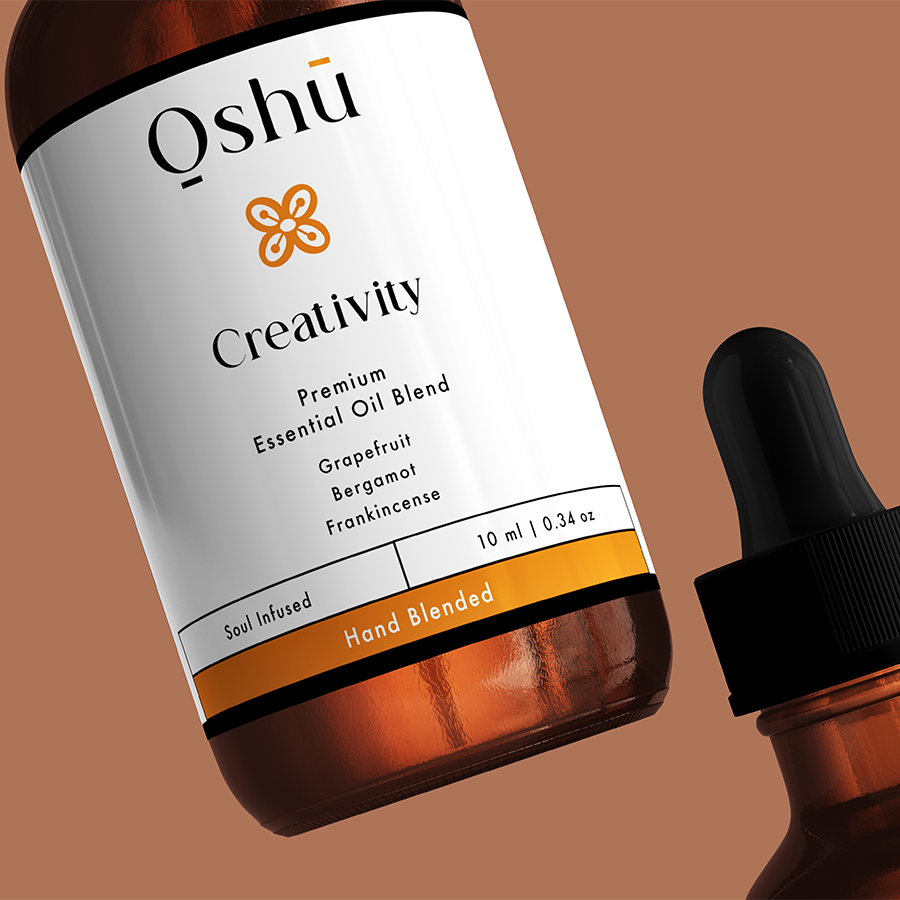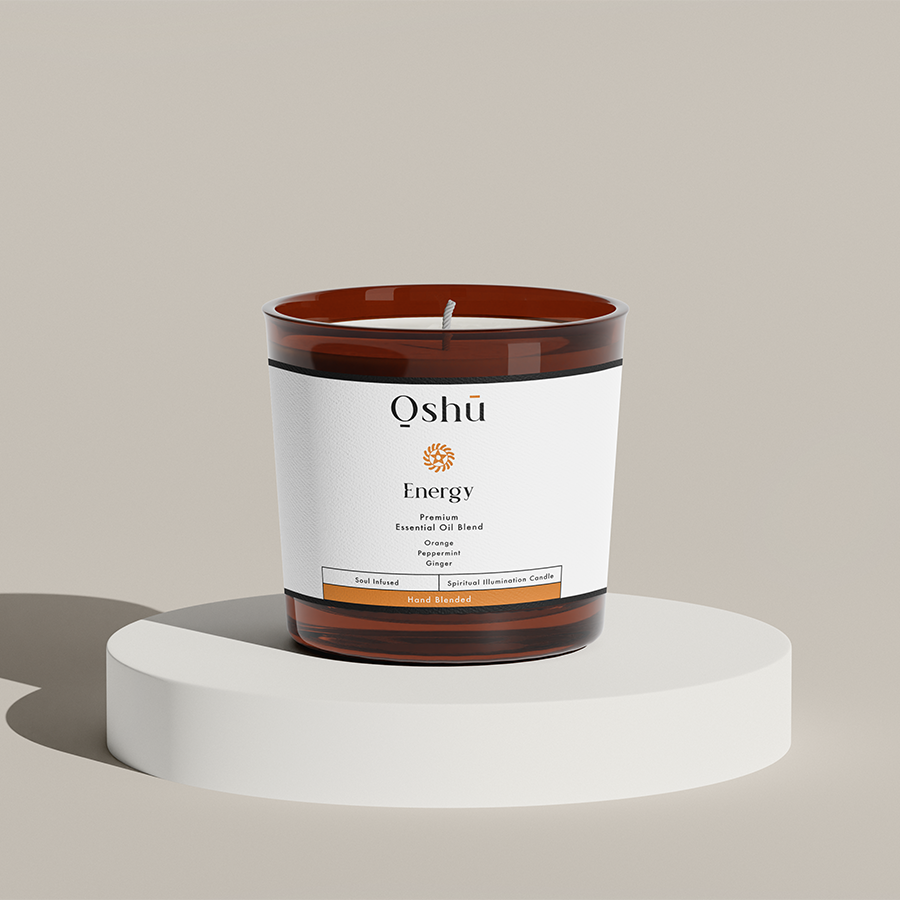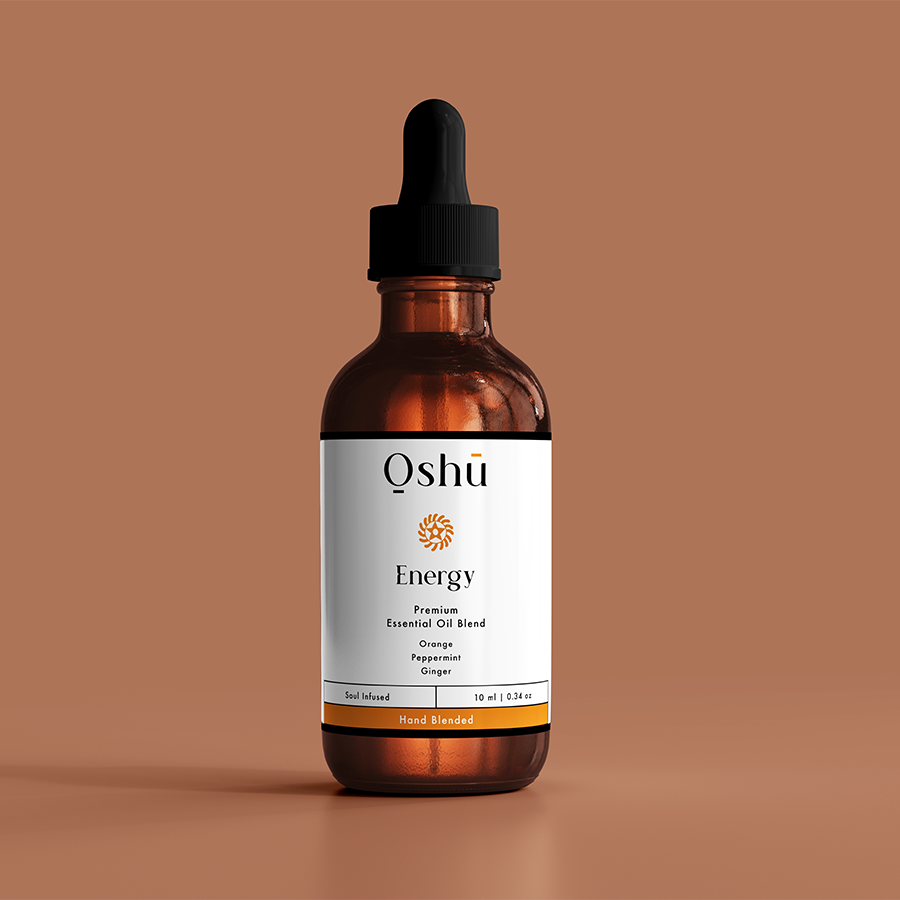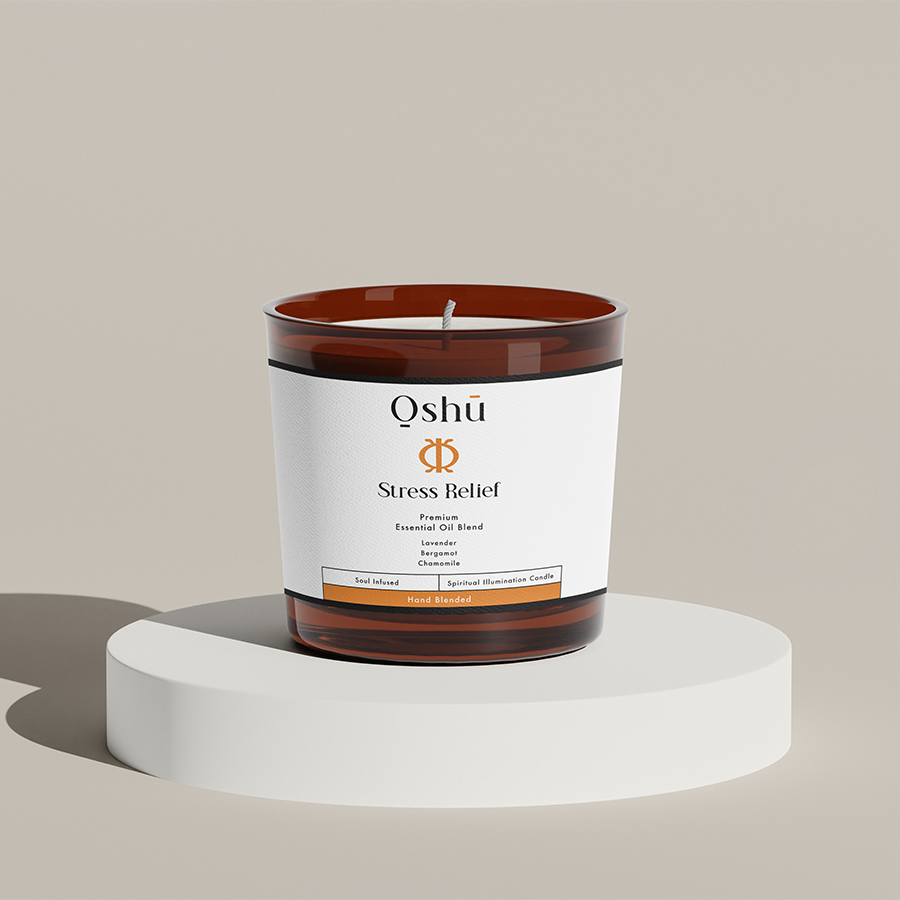A yeast infection, also known as candidiasis, is a common condition that affects millions of people worldwide. It occurs when there is an overgrowth of a type of fungus called Candida, which is normally present on the skin and in the body. Yeast infections can affect various parts of the body, including the vagina, mouth, skin, and gut. In this article, we will focus on vaginal yeast infections, which are the most common type.
Table of Contents
Causes and Risk Factors of Yeast Infections
Yeast infections are caused by an overgrowth of Candida, which can occur due to various factors. Some of the common causes and risk factors include:
Hormonal changes during pregnancy, menstruation, or menopause
Antibiotic use, which can disrupt the balance of good and bad bacteria in the body
Weakened immune system
Diabetes
Tight-fitting clothing and synthetic fabrics
Poor hygiene
Sexual activity
Certain medications, such as birth control pills and steroids
Symptoms of Yeast Infections
The symptoms of yeast infections can vary from person to person, but common signs include:
Itching, burning, or soreness in the vagina and vulva
Thick, white, odorless discharge that resembles cottage cheese
Burning sensation during urination
Painful sexual intercourse
Redness and swelling of the vulva
Essential Oils for Yeast Infections
Essential oils have been used for centuries to treat various health conditions, including yeast infections. Some of the most effective essential oils for yeast infections include:
Tea Tree Oil: Known for its antifungal and antibacterial properties, tea tree oil can help to combat the growth of Candida and reduce symptoms.
Lavender Oil: Lavender oil has antifungal and anti-inflammatory properties, which can help to soothe itching and burning sensations.
Clary Sage Oil: Clary sage oil has antifungal and antibacterial properties, which can help to reduce the growth of Candida and promote a healthy balance of bacteria.
Geranium Oil: Geranium oil has antifungal and antibacterial properties, which can help to combat the growth of Candida and reduce symptoms.
Oregano Oil: Oregano oil has antifungal and antibacterial properties, which can help to combat the growth of Candida and reduce symptoms.
How to Use Essential Oils for Yeast Infections
Essential oils can be used in various ways to treat yeast infections. Some of the most effective methods include:
Adding a few drops of essential oil to a warm bath
Applying a few drops of essential oil to the affected area using a carrier oil
Using a vaginal suppository or tampon infused with essential oil
Adding essential oil to a douche or vaginal wash
Inhaling essential oil through steam inhalation or diffusion
Benefits of Using Essential Oils for Yeast Infections
Using essential oils to treat yeast infections can have several benefits, including:
Natural and non-invasive treatment option
Reduced risk of antibiotic resistance
Reduced risk of side effects associated with conventional treatments
Improved vaginal health and balance
Reduced symptoms and discomfort
Boosted immune system
Precautions and Contraindications
While essential oils can be an effective treatment option for yeast infections, it’s important to use them safely and responsibly. Some precautions and contraindications include:
Pregnant or breastfeeding women should consult with a healthcare provider before using essential oils
People with sensitive skin or allergies should perform a patch test before using essential oils
Essential oils should be diluted with a carrier oil before applying to the skin
Essential oils should not be ingested or taken orally
People with certain medical conditions, such as diabetes or weakened immune system, should consult with a healthcare provider before using essential oils
Yeast infections can be a frustrating and uncomfortable condition, but essential oils can provide a natural and effective treatment option. By understanding the causes and symptoms of yeast infections, and using essential oils responsibly and safely, you can reduce symptoms and promote a healthy balance of bacteria in the body. Remember to always consult with a healthcare provider before using essential oils, especially if you have a underlying medical condition or are pregnant or breastfeeding.
At Oshu Oils, we are committed to providing you with the highest quality essential oils and expert advice to help you achieve optimal health and wellness. If you have any questions or concerns about using essential oils for yeast infections, please don’t hesitate to contact us.
Frequently Asked Questions
What are yeast infections and how do essential oils help?
Yeast infections, also known as candidiasis, are a common condition caused by an overgrowth of Candida yeast in the body. Essential oils can help alleviate symptoms and prevent future occurrences by inhibiting the growth of Candida, reducing inflammation, and promoting a healthy balance of gut flora.
What are the most effective essential oils for yeast infections?
Some of the most effective essential oils for yeast infections include Tea Tree Oil, Oregano Oil, Lavender Oil, Geranium Oil, and Clary Sage Oil. These oils have antifungal, antibacterial, and anti-inflammatory properties that help combat Candida overgrowth and promote healing.
How do I use essential oils for yeast infections?
Essential oils can be used topically, added to bath water, or taken internally (under the guidance of a healthcare professional). Always dilute essential oils with a carrier oil, such as coconut or jojoba oil, before applying to the skin. Start with small amounts and gradually increase as needed.
Can I use essential oils to prevent yeast infections?
Yes, essential oils can be used as a preventative measure. Add a few drops of Tea Tree Oil or Oregano Oil to your bath water, or apply a diluted solution to the affected area to help maintain a healthy balance of gut flora and prevent Candida overgrowth.
Are essential oils safe to use during pregnancy?
While essential oils can be beneficial during pregnancy, it’s crucial to consult with a healthcare professional before using them. Some essential oils, such as Clary Sage Oil, may stimulate uterine contractions or affect blood sugar levels. Always err on the side of caution and seek medical advice.
Can I use essential oils if I have sensitive skin?
If you have sensitive skin, start with small amounts and dilute the essential oils with a carrier oil. Perform a patch test before using a new essential oil to ensure you don’t have any adverse reactions. You can also opt for gentler essential oils like Lavender Oil or Geranium Oil.
How long does it take to see results from using essential oils for yeast infections?
The time it takes to see results varies depending on the severity of the infection and individual response. Some people may experience relief within a few days, while others may take several weeks. Be patient, and remember to combine essential oils with good hygiene practices and a balanced diet.
Can I use essential oils in combination with antifungal medications?
Consult with a healthcare professional before combining essential oils with antifungal medications. While essential oils can complement traditional treatments, they may interact with certain medications or exacerbate side effects. Always prioritize your health and seek medical advice.
What is the difference between antifungal and antibacterial essential oils?
Antifungal essential oils, such as Tea Tree Oil and Oregano Oil, target fungal infections like Candida overgrowth. Antibacterial essential oils, such as Lavender Oil and Geranium Oil, target bacterial infections. Using the right type of essential oil is crucial for effective treatment.
Can I use essential oils for yeast infections in children?
While essential oils can be beneficial for children, it’s essential to consult with a pediatrician before using them. Children’s skin is more sensitive, and essential oils may be too potent. Always dilute essential oils with a carrier oil and start with small amounts to ensure safety.
How do I store essential oils to maintain their potency?
Store essential oils in dark glass bottles, away from direct sunlight and heat sources. Keep them in a cool, dry place, and tightly seal the bottles to prevent oxidation. Proper storage helps maintain the potency and shelf life of essential oils.
What is the shelf life of essential oils?
The shelf life of essential oils varies depending on the type, quality, and storage conditions. Generally, essential oils can last for 1-3 years if stored properly. Always check the expiration date and aroma before using an essential oil.
Can I use expired essential oils?
It’s not recommended to use expired essential oils, as they may have lost their potency or developed off-notes. Expired essential oils may not provide the desired benefits and could potentially cause skin irritation or allergic reactions.
How do I choose high-quality essential oils?
Look for essential oils that are certified organic, sourced from reputable suppliers, and extracted using a suitable method (e.g., steam distillation). Check the label for the botanical name, country of origin, and concentration. Be wary of cheap or adulterated essential oils that may be ineffective or harmful.
Can I ingest essential oils?
Ingesting essential oils is not recommended unless under the guidance of a healthcare professional. Essential oils can be toxic if ingested in large quantities or without proper dilution. Always use essential oils topically or aromatically, and consult with a healthcare professional if you have any doubts.
How do I perform a patch test for essential oils?
Apply a small amount of diluted essential oil to a discrete area of skin (e.g., behind the ear or on the wrist). Wait 24-48 hours to observe any reactions, such as redness, itching, or burning. If you experience any adverse effects, discontinue use and consult with a healthcare professional.
Can I use essential oils for yeast infections caused by antibiotics?
Yes, essential oils can be beneficial for yeast infections caused by antibiotics. Antibiotics can disrupt the balance of gut flora, leading to Candida overgrowth. Essential oils like Tea Tree Oil and Oregano Oil can help combat Candida and promote a healthy balance of gut flora.
How do I combine essential oils with other natural remedies for yeast infections?
Combine essential oils with other natural remedies like probiotics, garlic, and coconut oil to create a comprehensive treatment plan. Always consult with a healthcare professional before combining remedies to ensure safety and efficacy.
Can I use essential oils for recurring yeast infections?
Yes, essential oils can be beneficial for recurring yeast infections. Identify and address underlying causes, such as hormonal imbalances or poor diet, and use essential oils as part of a comprehensive treatment plan to prevent future occurrences.
How do I know if I have a yeast infection or a bacterial infection?
Consult with a healthcare professional for an accurate diagnosis. Yeast infections often cause itching, burning, and thick, white discharge, while bacterial infections may cause a strong, unpleasant odor and abnormal discharge. Essential oils can be used to complement traditional treatments for both types of infections.
Can I use essential oils for yeast infections in conjunction with hormonal birth control?
Consult with a healthcare professional before using essential oils in conjunction with hormonal birth control. Hormonal fluctuations can affect the efficacy of essential oils, and some essential oils may interact with hormonal medications.
How do I use essential oils for yeast infections during menstruation?
Use essential oils during menstruation to help alleviate symptoms like cramps, bloating, and mood swings. Add a few drops of Clary Sage Oil or Geranium Oil to your bath water or apply a diluted solution to the affected area to promote relaxation and reduce discomfort.
Can I use essential oils for yeast infections in conjunction with other health conditions?
Consult with a healthcare professional before using essential oils in conjunction with other health conditions, such as diabetes, thyroid disorders, or autoimmune diseases. Essential oils may interact with medications or exacerbate underlying conditions.
